Yes, a bad battery can cause reduced engine power in a vehicle.
How A Bad Battery Affects Engine Power
A bad battery can have a significant impact on the performance of your vehicle’s engine. The battery serves as the primary source of power for all electrical components in your vehicle, including the ignition system.
When the battery is not functioning properly, it can lead to various issues that result in reduced engine power and overall performance.
In this section, we will explore how a bad battery affects engine power, focusing on the electrical system and engine connection, malfunctioning electrical components, and ignition system issues.
Electrical System And Engine Connection
The electrical system in your vehicle is responsible for powering essential components such as the lights, radio, air conditioning, and more. It also plays a crucial role in the engine’s performance.
When you have a bad battery, it can weaken the electrical system’s overall capacity, leading to decreased engine power. A weak battery can result in insufficient voltage being delivered to the engine, affecting its performance and reducing power output.
Malfunctioning Electrical Components
A bad battery can also cause various electrical components to malfunction. These components include the fuel pump, alternator, and starter motor, which are vital for the proper functioning of the engine.
When these components do not receive the required power due to a faulty battery, they may not work optimally, resulting in decreased engine power. This can manifest as difficulty starting the engine, sputtering, or intermittent power loss.
Ignition System Issues
The ignition system ignites the fuel-air mixture within the engine cylinders, generating power for the vehicle. However, a bad battery can cause issues with the ignition system.
For instance, if the battery does not provide sufficient power to the ignition coils, the spark plugs may not generate enough spark to ignite the fuel-air mixture properly. This can lead to engine misfires, reduced power, and even stalling.
Additionally, a weak battery can result in inconsistent voltage supply to the ignition system, causing further performance and power issues.
Symptoms Of Reduced Engine Power Caused By A Bad Battery
A faulty battery can lead to reduced engine power, resulting in symptoms like sluggish acceleration and difficulty starting the vehicle. If you experience these issues, it might be time to check your battery’s health.
A bad battery can have a significant impact on your engine’s performance. If left unchecked, it can lead to reduced engine power and performance issues. Here are a few common symptoms that may indicate a bad battery:
Slow Cranking
Slow cranking is one of the early signs of a bad battery. When you turn the ignition key, if you hear a distinct slow cranking noise or the engine takes longer than usual to start, it could be due to a weak battery.
This happens because the battery lacks the necessary voltage to provide a strong and consistent electrical current to the engine.
Difficulty Starting The Engine
Another symptom of reduced engine power caused by a bad battery is difficulty starting the engine.
If you find that your engine requires multiple attempts to start, especially if the weather is cold, it may be due to a weak or failing battery. Insufficient power from the battery can hinder the ignition process, making it harder for the engine to start.

Stalling At Low Speeds
Stalling at low speeds is yet another indication of a bad battery affecting engine power. If your vehicle frequently stalls or struggles to maintain a steady speed when driving at low speeds, such as during stop-and-go traffic, it may be due to an insufficient power supply from the battery.
The battery’s inability to deliver the required electrical current can cause the engine to stall or behave erratically.
It is important to address these symptoms promptly as a bad battery can affect your vehicle’s overall performance and lead to further issues.
If you experience any of these signs, it is recommended to have your battery tested or replaced by a qualified professional to restore the engine’s power and ensure reliable performance.
Testing And Diagnosing A Bad Battery
A bad battery can lead to reduced engine power in a vehicle. It is crucial to test and diagnose the battery to identify any issues and ensure optimal engine performance.
Checking Battery Voltage
To determine if your battery is the culprit behind your engine power issues, the first step is to check the battery voltage. Low voltage can directly affect the performance of your engine. To do this, you will need a digital multimeter or a voltmeter.
With the engine off and the vehicle in park, open the hood and locate your battery. Remove the positive (+) terminal cover and attach the positive lead of the voltmeter to it. Similarly, attach the negative lead to the negative (-) terminal.
Ensure the voltmeter is set to DC voltage and read the voltage displayed on the screen. A fully charged battery should ideally show around 12.6 to 12.8 volts.
Inspecting Battery Terminals
In addition to checking the battery voltage, it is essential to inspect the battery terminals. Corrosion or loose connections can lead to reduced engine power.
To do this, closely examine the terminals for signs of rust, white powder, or any other substance that may hinder the flow of electricity. Use a wire brush and an appropriate battery terminal cleaner to remove any dirt or corrosion.
Ensure the terminals are tightly secured to the battery posts, without any wiggling or looseness. Tightening them if necessary can improve the electrical connection between the battery and the engine.
Using A Battery Tester
While checking the voltage and inspecting terminals can provide insight into the condition of your battery, it is also wise to use a battery tester for a more thorough assessment.
A battery tester measures the state of charge, the cold-cranking amps, and the battery’s overall health. It helps determine if your battery needs to be recharged or replaced.
Follow the instructions provided by the manufacturer of the battery tester to ensure accurate results. If the test reveals that your battery is weak or has a low charge, this could be the cause of your engine power issues.
Prevention And Maintenance
A bad battery can lead to reduced engine power, affecting the overall performance of your vehicle. Regular maintenance and preventive measures are essential to ensure optimal battery health and avoid potential engine issues.
Regular Battery Maintenance
Regular battery maintenance is crucial in preventing reduced engine power caused by a bad battery.
By following these simple steps, you can keep your battery in optimal condition:
1. Checking the battery: Regularly inspect the battery for any signs of damage, such as leaks or cracks.
A damaged battery can hinder its performance and lead to reduced engine power.
2. Checking the battery terminals:
Ensure that the battery terminals are clean and free from corrosion. Corrosion can disrupt the flow of electricity and weaken the battery’s power output.
3. Testing the battery:
Periodically test the battery’s voltage to determine its health. This can be done with a multimeter or by visiting your local automotive repair shop. By testing the battery regularly, you can identify potential issues before they affect your engine power.
Keeping The Battery Clean
Keeping the battery clean is an essential part of battery maintenance. Here’s how you can ensure your battery stays free from dirt and debris:
1. Disconnecting the battery: Before cleaning the battery, disconnect the negative terminal first, followed by the positive terminal. This will prevent any accidental electrical contact.
2. Cleaning the battery terminals: Use a mixture of baking soda and water to clean the battery terminals. Gently scrub the terminals with a wire brush to remove any corrosion. Rinse with water and dry thoroughly.
3. Inspecting the battery case: Check the battery case for any dirt or grime. Use a damp cloth and mild detergent to clean the surface. Avoid getting water inside the battery cells.
Using Quality Battery Cables
Using quality battery cables is crucial for maintaining a strong electrical connection and preventing reduced engine power. Here are some tips to consider:
1. Inspecting the cables: Regularly inspect the battery cables for any signs of wear or damage. Replace any cables that are frayed or corroded, as they can affect the battery’s performance.
2. Choosing the right cables: Opt for high-quality battery cables that are designed for your vehicle’s make and model. These cables are more durable and provide better conductivity.
3. Proper installation: Ensure that the battery cables are connected securely and tightly to the battery terminals. Loose connections can lead to power loss and reduced engine performance.
By following these preventive measures and properly maintaining your battery, you can avoid reduced engine power caused by a bad battery.
Regular checks, cleaning, and using quality components will help keep your engine running smoothly and efficiently. So, make battery maintenance a priority and enjoy optimal engine power!
Replacing A Bad Battery
A bad battery can lead to reduced engine power and performance issues. If you notice a decrease in your car’s power, it may be time to replace the battery for optimal engine performance.
Choosing The Right Battery
When it comes to replacing a bad battery, choosing the right one is crucial for optimal performance of your vehicle. You’ll want to consider the battery size, type, and capacity that are compatible with your car’s specifications. Refer to your car’s manual or consult with a trusted mechanic to ensure you get the right battery.
Here are a few key factors to keep in mind while choosing a battery:
- Check the required size: Different car models come with different battery sizes. It’s important to select a battery that fits snugly into the battery tray.
- Consider the battery type: Two common types of car batteries are lead-acid and Absorbent Glass Mat (AGM) batteries. Lead-acid batteries are cost-effective, while AGM batteries offer better performance and are suitable for vehicles with advanced electrical systems.
- Look at the battery capacity: The battery capacity is measured in ampere-hours (Ah) and determines how long the battery can provide power. Consider your driving habits and the power requirements of your vehicle to choose a battery with the appropriate capacity.
- Check the reserve capacity rating: The reserve capacity rating indicates how long the battery can supply a minimum voltage without the engine running. A higher reserve capacity rating ensures that your vehicle has backup power in case of alternator failure.
- Ensure compatibility with your vehicle: Consult your car’s manual or an expert to find a battery that is compatible with your vehicle’s electrical system and requirements.
By considering these factors, you’ll be able to choose a battery that meets your vehicle’s needs and ensures optimal performance.
Proper Battery Installation
Once you have selected the right battery, it’s important to install it properly to avoid any issues. Follow these steps carefully:
- Ensure safety precautions: Before removing the old battery, turn off the ignition and remove keys from the ignition switch. Also, make sure to wear protective gloves and eyewear to prevent any contact with battery acid.
- Disconnect the cables: Start by disconnecting the negative terminal (marked with a “-“, usually black) using a wrench or pliers. Then, disconnect the positive terminal (marked with a “+”, usually red).
- Remove the old battery: Carefully lift out the old battery from the battery tray, taking care not to spill any acid or damage the casing.
- Clean the battery terminals: Use a wire brush or battery terminal cleaner to remove any corrosion or grime from the battery terminals and cable connectors.
- Place the new battery: Set the new battery into the battery tray, ensuring it is secure and properly aligned.
- Reconnect the cables: Start by connecting the positive terminal, followed by the negative terminal. Ensure they are tightened securely but not overly tightened.
- Apply anti-corrosion solution: To prevent corrosion, apply a thin layer of anti-corrosion solution or petroleum jelly to both battery terminals.
- Double-check the installation: Once the installation is complete, ensure all connections are tight and secure. Also, make sure there are no loose cables or debris around the battery.
By following these steps, you can ensure a proper and safe installation of your new battery.
Disposing Of Old Batteries
When replacing a bad battery, it’s important to dispose of the old battery responsibly. Old batteries contain harmful chemicals and heavy metals that can harm the environment if not disposed of properly.
Here are a few tips for disposing of your old battery:
- Recycling centers: Look for recycling centers or hazardous waste collection sites in your area that accept old car batteries. These facilities have the necessary equipment to handle the batteries safely.
- Retailers: Some auto parts retailers offer battery recycling programs. Check with them to see if they accept old batteries for recycling.
- Local regulations: Research your local regulations regarding battery disposal. Some areas may have specific guidelines or requirements for battery recycling.
- Handle with care: When transporting the old battery, make sure to handle it with care. Wear protective gloves and keep it upright to prevent spills or leaks.
- Do not throw in the trash: Never throw old batteries in the regular trash as they can cause environmental pollution.
By disposing of your old battery properly, you contribute to environmental sustainability and protect our planet.
Frequently Asked Questions Of Can A Bad Battery Cause Reduced Engine Power
Can A Bad Battery Cause Reduced Engine Power?
Yes, a bad battery can cause reduced engine power. When the battery is weak or faulty, it can’t provide enough power to the electrical components of the engine, affecting its performance. It can lead to issues like slow acceleration, stalling, and reduced power output.
It’s important to replace the battery if it’s causing engine power problems.
Conclusion
A bad battery can indeed lead to reduced engine power. When the battery is weak or failing, it can impact the electrical system, causing potential issues with the engine’s performance. Therefore, it is crucial to regularly maintain and replace your battery as needed to ensure optimal engine power and avoid any unnecessary breakdowns.

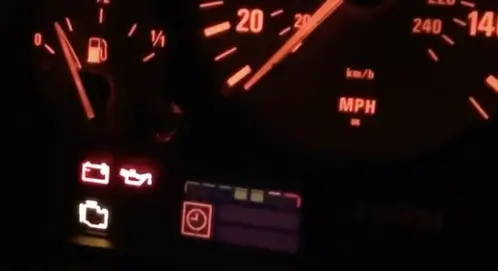
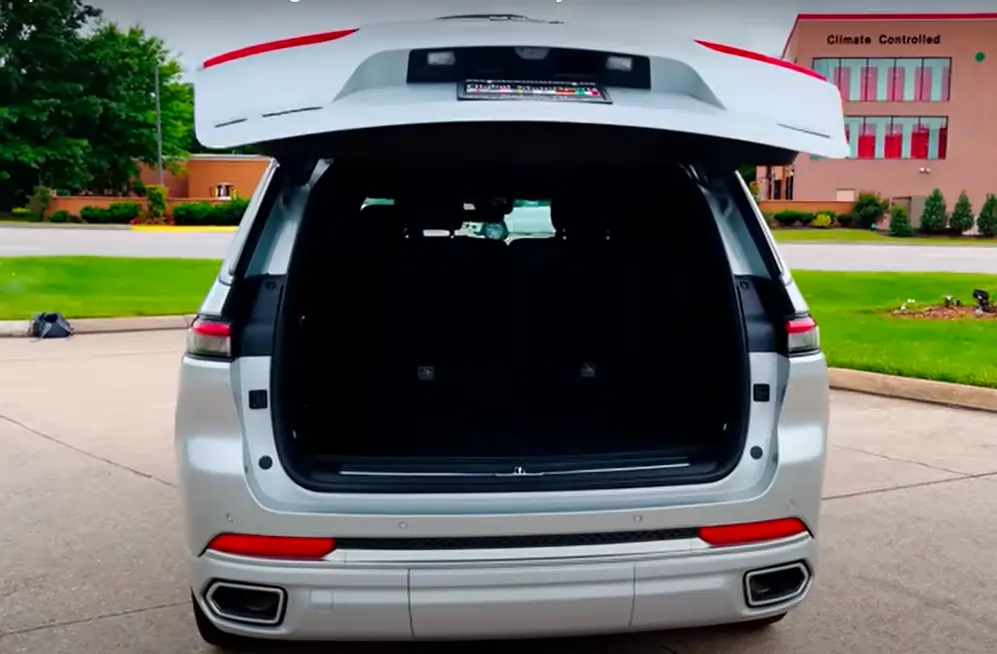





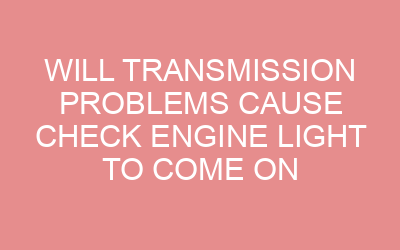
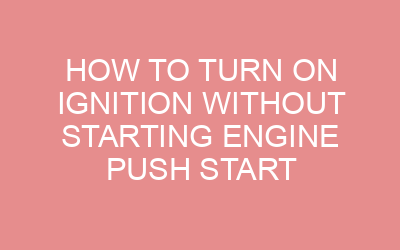
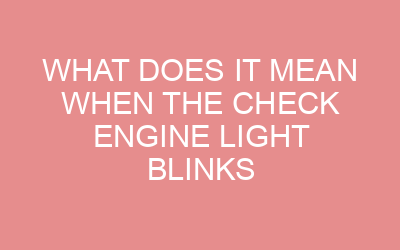



Leave a Reply